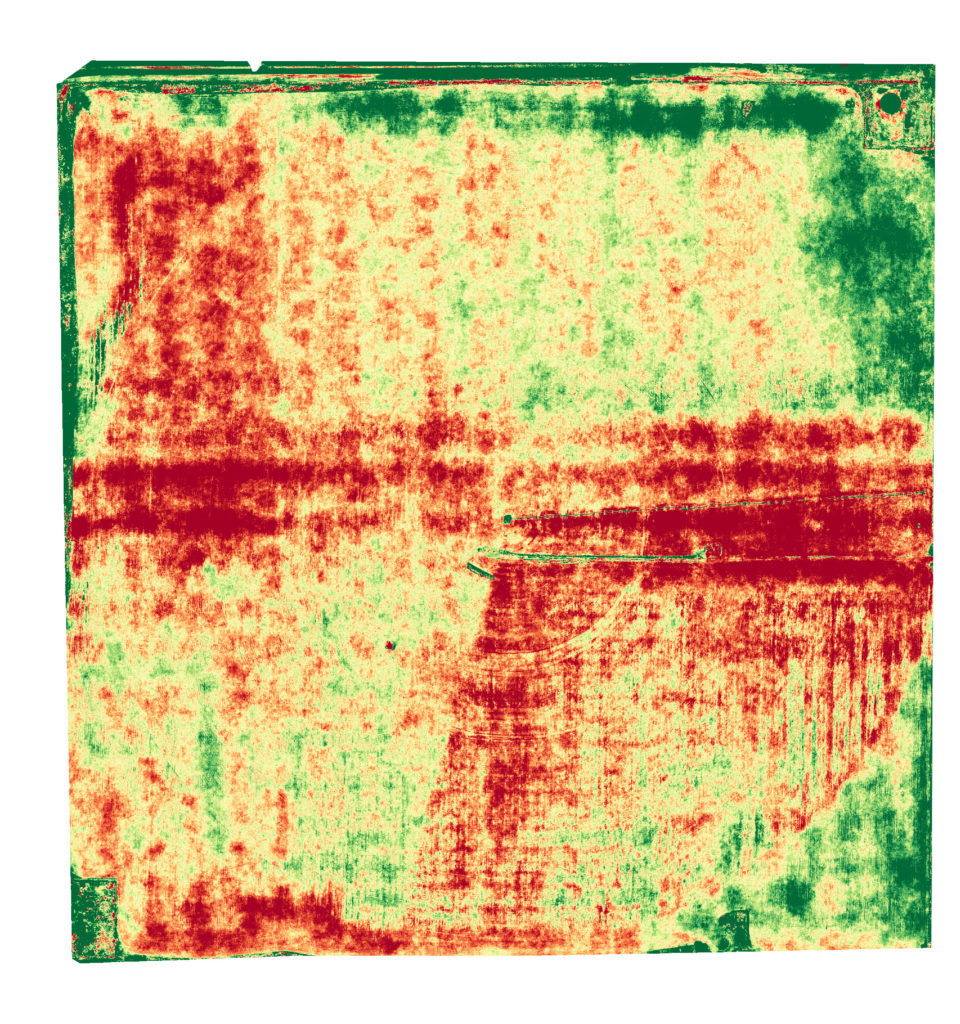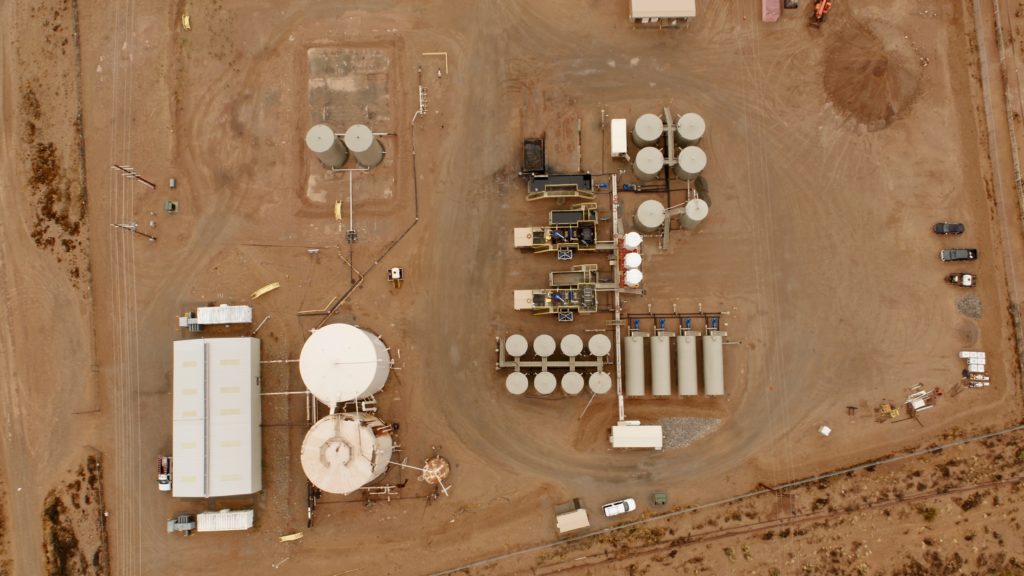Drones are great fun, and the drone business has only been growing in recent years. Want to turn your hobby into a lucrative career? Here’s a look at just some of the ways drones are used for business and commercial purposes.
Over the last decade, drones have grown and evolved from unwieldy toys for hobbyists to inexpensive, versatile tools accessible to anyone. As UAV platforms have grown more advanced, the FAA has extended guidance that opened the door to drone use in several industries. The cost to operate unmanned aircraft is considerably less than any other option for comparable services, making it an increasingly vital service.
By taking a look at the various fields in which drones are being heavily utilized, the full scope of their potential becomes clear. Whether you are a business owner looking to enhance your company, or a drone operator looking for inspiration, read on to find some of the top opportunities for UAVs.
Precision Agriculture and Ranching
Drone services have made a more significant impact in the agriculture industry than nearly any other. In the past decade, drone businesses have expanded dramatically in scope and function. There is a wide range of opportunities available in this sector, with scalability options for nearly every size of drone business.
Imaging tools like photogrammetry and spectral photography have become vital tools for farmers. The most commonly requested service in the agricultural UAV field is crop health monitoring. Before drones became commonplace, a farmer may have had to manually view hundreds of acres of crops on foot or by car. Not only was this time consuming, but it was also notoriously inaccurate.
NVDI, a type of blended visual and infrared imagery, can provide an immediately available and extremely detailed health analysis of entire fields. Further imaging with multispectral and hyperspectral cameras (generating images such as the one shown below) can differentiate and diagnose issues such as bacterial versus fungal infections. It can also identify problems with irrigation and fertilization. This level of accuracy and speed can save a farmer’s entire crop, making it an indispensable tool.

Drones have begun to take a more active role in other areas of agriculture as well, such as performing tailored crop spraying. From land surveys to map optimal planting to actually planting the seeds, UAVs have dramatically increased the productivity and output of farms.
The ranching industry has also started to recognize the benefits of UAV services. Remote inspection of difficult to access fences and buildings is much faster and easier using aerial surveillance. Thermal imagery can quickly locate lost livestock, leading to better outcomes for live births. It can also be used to remotely examine livestock for injuries and illness.
Drone imaging can also identify encroaching predators and deter them through close passes and loud sounds. The possibilities are limited only by the ability to identify useful opportunities and market the service.
Real Estate and Land Survey
This industry is another one that has experienced a surge in drone popularity in recent years. Large commercial properties in particular have traditionally been difficult to photograph, a problem that aerial photography has easily fixed. High-quality photography has shown to be one of the most important selling points in a listing. The variety and quality of images offered by drones can be incredibly valuable tools for a realtor.
3D modeling has proven to be an excellent selling tool for complex architecture, both commercial buildings and unique homes. Virtual touring is also growing immensely in popularity for listings due to the increased click rate and speed of sale it generates. Both of these services can be provided with basic visual camera equipment and appropriate modeling software, making them excellent choices for an entry-level drone business.
Photogrammetry, which is the creation of maps that accurately measure distances and features, is a crucial tool for land survey. Done properly, it can not only increase the speed and accuracy of results, but also reduce man-hours per job by up to 60%. The detailed products, time savings, and ease of use are all extremely attractive to the industry, and demand is continually growing for drone services.
Construction and Mining
The use of drones in both of these industries has become extremely common in the past decade. UAVs have brought a wide range of benefits to include time saving, improved safety, more accurate measurements, increased security, and better workflow management.
Aerial inspections with spectral imaging have dramatically improved workplace safety as well as saving time and manpower. Cracks, structural instabilities, and several other hazards are detectable this way without needing to risk a potentially dangerous physical inspection of a problem area.
Mining and construction both make use of loose materials in stacks called stockpiles. To determine the quantity of a material in a stockpile, workers have traditionally manually measured and calculated the volume. However, due to the irregularity of the pile shapes, the margin of error with that method is sizable. With photogrammetry, drones can measure and almost instantly calculate the volume of a stockpile to within 1-2% accuracy or better.
Drone monitoring can provide real-time information and feedback on the status of projects at critical stages. This allows supervisors to make more informed decisions and react more quickly to problems. The time savings that drones provide translates directly to cost savings through reduced manpower and a faster completion rate for jobs, which has generated a continuing demand for services.
Emergency Response: the drone business on the frontlines
Entrepreneurs looking to work in an industry that helps others will find numerous opportunities in emergency response. One of the more common uses of drones in this field is currently wildfire relief. Around the country, numerous drone businesses work as contractor for local firefighters or government agencies.
Drones are critical in monitoring and predicting the progress of wildfires while reducing risk to firefighting teams. They are able to get much closer than manned aircraft, are able to fly through smoke and at night, and save a significant amount of money in operating costs.
There are several ways in which drones assist in wildfire management outside of simple monitoring. Specialized equipment allows UAVs to carry fire-starting equipment to assist in controlling the spread through fire breaks. Some of the larger drone models are able to hold tanks of extinguishing powder to actively suppress and direct the flames.
Another commonly contracted drone business is disaster relief and surveillance. This area of industry includes activities such as search and rescue after hurricanes or floods, and delivery of rations and water to inaccessible locations. Because of the inconsistent nature of the work, however, many businesses chose to offer these services as one of a larger selection.
When oil or other hazardous chemicals spill, drones are an extremely safe, inexpensive, and efficient way to perform the initial steps of cleanup. Operators can attach tanks of neutralizing agents to spray or drop onto the spill, making it much safer for human cleaning crews to enter the site. Additionally, they reduce the cost impact of the incident by reducing the need for expensive single-use PPE such as hazmat suits.
Oil and Gas
The natural gas and oil industry have several uses for drones, all of which have proven to dramatically increase the safety and profitability of operations. As a result, drone operators have a large window of opportunity for enterprise. A business looking to enter the oil and gas industry can expect to provide one or both of two main services: inspections and exploration.
Oil companies use pipes that can stretch thousands of miles long, and manually inspecting them for wear and damage is a prohibitively time consuming and expensive process. Although the processes for these inspections and maintenance are simple, the massive scope of the infrastructure makes even small percentages of cost savings highly desirable.

UAVs equipped with thermal and spectral imaging can inspect remote equipment and lines for far less cost to the company and without the need to transport personnel. The time savings this method offers are dramatic: a day or two for an inspection that traditionally would have taken weeks.
Drones can inspect difficult-to-access or dangerous interior spaces such as storage tanks far more safely and easily than personnel. These areas often need confined entry permits and trained personnel to enter them, and often the suspension of operations. Using a drone removes the need for permits in many cases and reduces the cost and time to complete the inspection.
Entertainment: the drone business and Hollywood
The entertainment industry has been extensively using drones for filmography and photography is a trend that is only strengthening. Before drones became widespread, the main way to film aerial shots was with helicopters or planes. The operational cost for manned aircraft is exponentially higher than for a drone business to capture the same footage.
The sweeping, dynamic views made possible by aerial filming have captured the imaginations of viewers for over a decade in a manner difficult to replicate with ground-based cameras.
Filmography is the most prominent use of drones in the field, but there are several other ways in which drone are finding utility. Special effects are an especially promising area of work, with creative directors not only using them for their footage but as the star of the camera. Their graceful and versatile flight works well with lighting effects, pyrotechnics, and aerial choreography.
Sports broadcasting has heavily featured drone usage as well, relying on the nimble drones to follow and capture the quickly changing motion of the athletes. From motocross to football, sports broadcasting stations are increasingly reliant on the flexible and adaptive HD footage offered by drones to capture quality action shots.
Conclusion
The industries listed here are the major users of drone services, but there are many others that can benefit from the same types of services. The cost efficiency and versatility of unmanned platforms make them uniquely positioned to penetrate nearly any market.
Delivery, security, and inspections are all nearly universally in demand across any industry. Photography and measurement services are also extremely flexible services with powerful potential for growth and expansion into untapped markets.
If you are interested in drone imaging and inspection services, request a free quote for your project today! You might also. be interested in our FAA Part 107 training programs, which will prepare you to become a certified drone pilot and open up new doors on your journey to making a career in the drone business.
